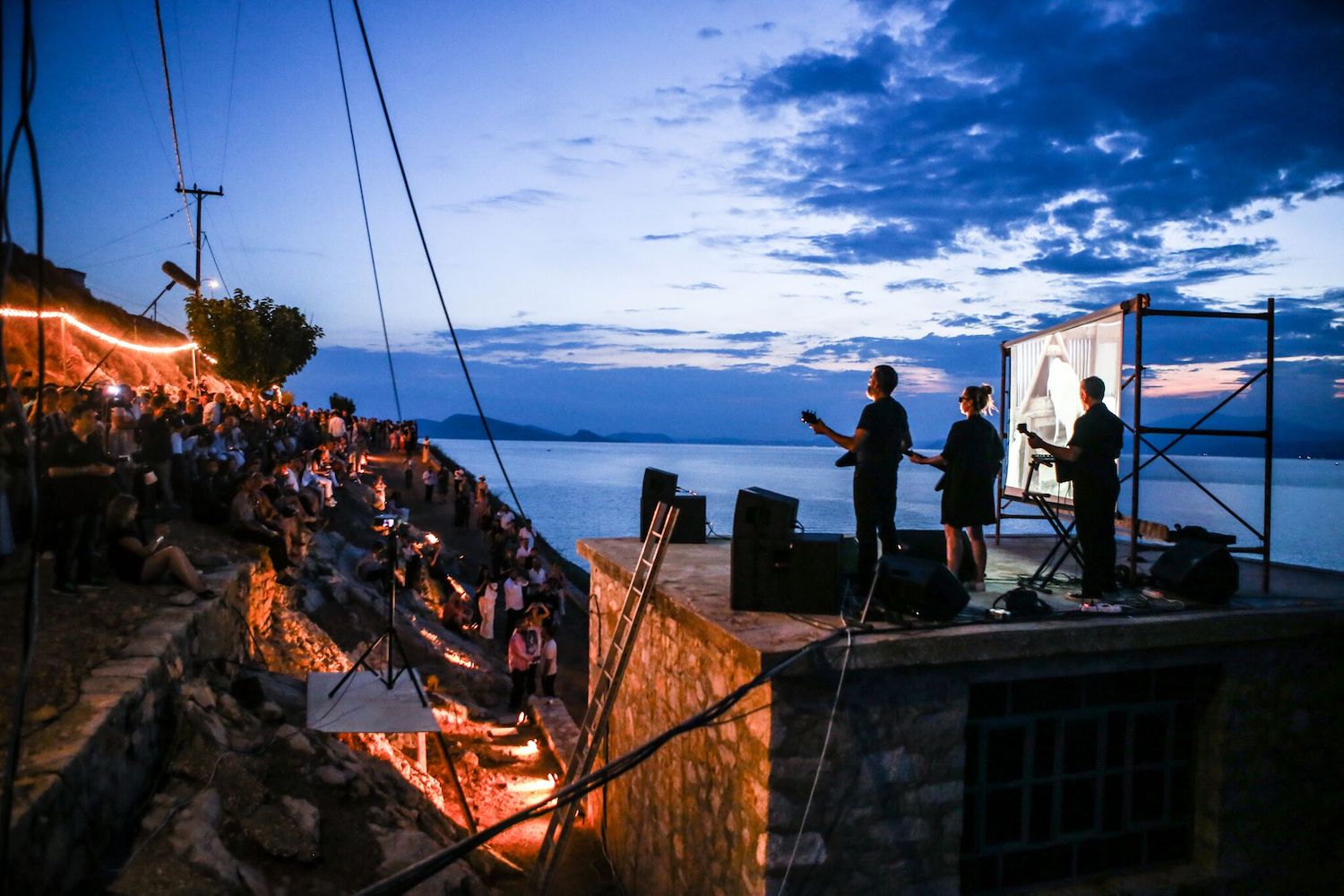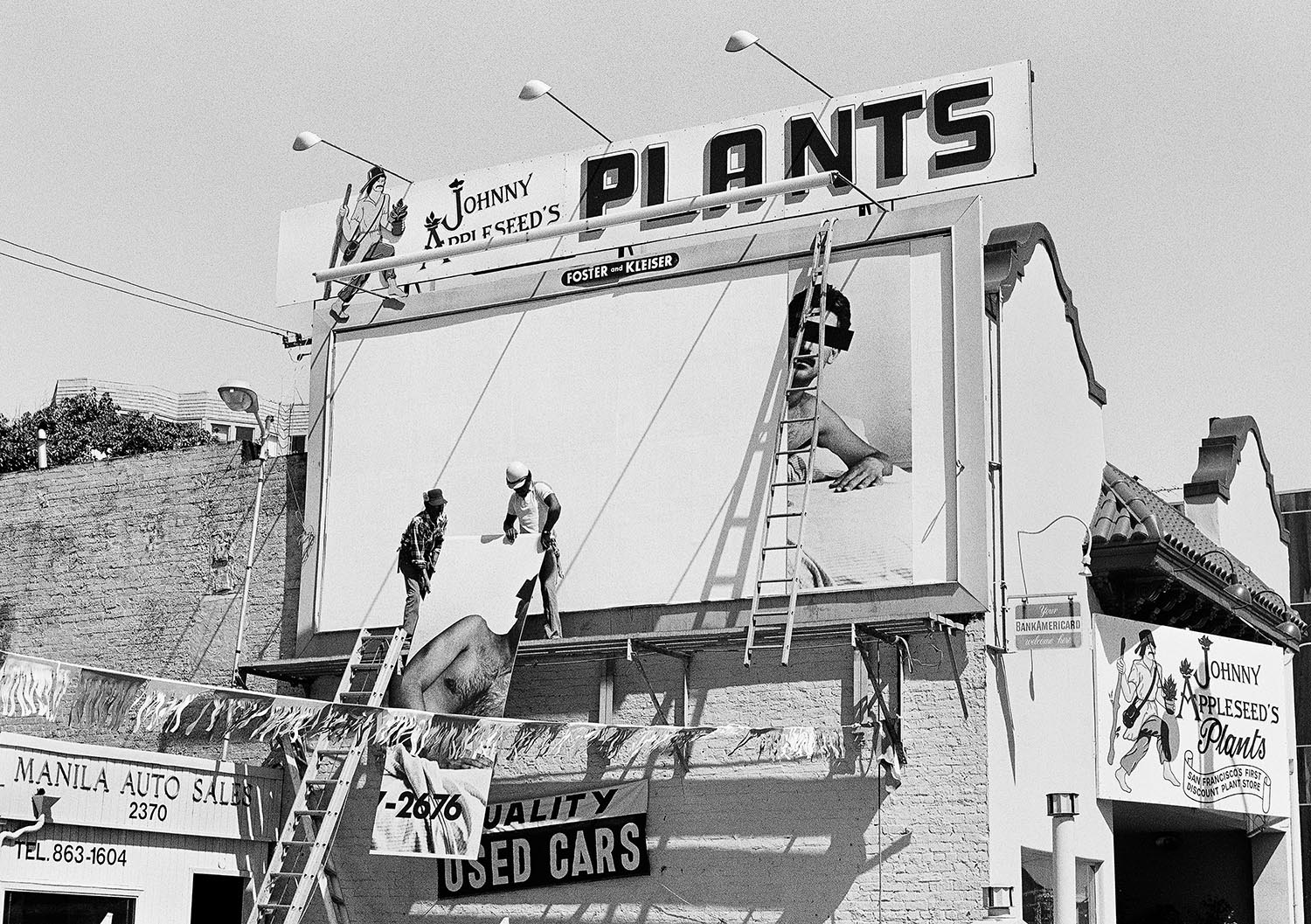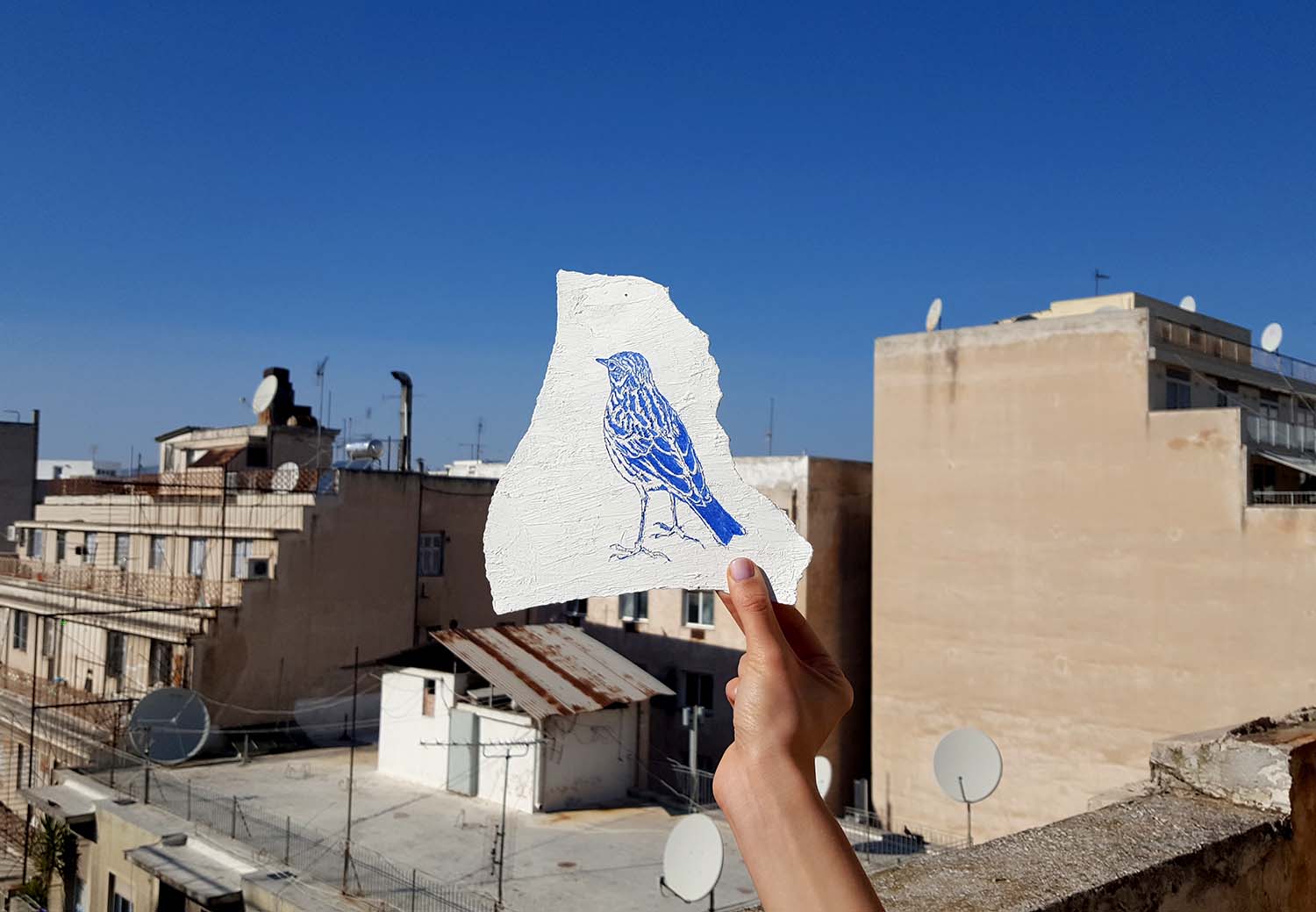By the second day, the octopus had begun to stink. Exhibiters were grumbling. It lay rotting on the floor, hooked up to a car battery, sweating into the carpet — the work of American artist Tony Hope, shown in the booth of Ashes/Ashes. I was told the piece was meant to suggest the resuscitation of the creature, which, as attested to by the deepening stench, was surely a joke.
Really it would seem the young American sought to dramatize the nightmare of austerity and the doomed fable of reanimation in Greece with a staple of taverna cuisine. By day three, they had swapped the creature out for a fresh one.
Those of us who traveled from abroad to the twenty-second edition of Art Athina, the art fair founded by the Hellenic Art Galleries Association, inevitably read the event against the backdrop of the ongoing Greek crisis, even if that took the form of inert caricature, a dead cephalopod. Much as art fairs are designed to operate in a convention center bubble — a non-place where you are always spitting distance from New York, London, Berlin, Dubai — the Faliro Sports Pavilion Arena doesn’t hide the markings of its history so easily. Built to host taekwondo at the 2004 Olympics — Greece won silver in both men’s heavyweight and women’s middleweight — it has more recently been used for Syriza rallies and to house Syrian refugees. The stadium is part of a vast complex erected for the games, which now bears a distinctly neglected feeling — a contemporary ruin by the port of Piraeus. Lacerations and fixes make a patchwork of the temporary fencing around the grounds. I’m told that the government forbade any changes, improvements or even painting inside. The retractable stadium seating, stacked high against the walls, loomed over the booths, huge swaths of thinning dark cloth blacked out the windows, and small signs of entropy were everywhere.
The history of Art Athina itself was, in a way, inescapable as well. Founded in 1993, the fair has been marked by periodic scandal and corruption and has undergone a number of changes in direction. This year is the latest reboot, with a new director, Stamatia Dimitrakopoulos, brought in just three months before the opening and charged with, among other things, attracting more international participation to the fair, which has generally been exclusively Greek in focus. I learned that this is the fourth such peripeteia, in a section called Survey, a fascinating thumbnail exhibition documenting the institutional history of Art Athina through ephemera, newspaper clippings and a selection of works that had appeared in earlier editions. It posed the question of how to tell this history when faced with years of mismanagement and the failure to preserve materials and documentation. Among the works on display was Eva Stefani’s video installation National Anthem (2007), which combines pornographic images with the Greek national anthem, and which was confiscated from the fair in 2007 and led to the arrest of the director.
Across the rest of the curated parallel program you could trace a set of themes — distance and locality, Greece and the world. There was a tribute to Greek artist Jannis Kounellis, a key figure in Arte Povera who died earlier this year, focusing on his 1994 exhibition on a cargo ship in the port of Piraeus. It featured Heinz-Peter Schwerfel’s film Frammenti di un diario (1996), which follows Kounellis around Europe, folding his travels and the exhibition in the harbor into a kind of fictional diary. A video section, curated by Alexander Burenkov, presented a selection of works dealing with surveillance, precarity and interconnectivity, installed in a replica of Edward Snowden’s hotel room at the Mira Hong Kong. All of this was up on a large balcony overlooking the stadium floor.
Below, the game was, to state the obvious, one of sales. I heard rumors of who did well and who did not, but I wasn’t keeping score. The key dynamic that emerged as you moved down the rows of booths was one that grew out of this latest revision to Art Athina, the efforts to transform it from provincial art fair to something a little more global. Greek galleries predominated, rounded out by a handful from elsewhere in Europe and the United States. I was unfamiliar with nearly all of the work shown in the Greek booths, and it ran the gamut from lovely to kitsch. Painter Sofia Stevi’s booth with the Breeder offered an exhilarating moment in the sometimes-stifling arena, and AD Gallery had up a beautiful piece from Bia Davou’s Serial Structures 2 (1981), colorful threads woven vertically into a narrow strip of unstretched canvas, a craft translation of the rhythms of The Odyssey. Fascinating in its own way, however, was to see the work from some of the other Greek galleries, stuff that doesn’t conform to any of the familiar concerns, forms and figures of contemporary art — that is, truly local art — put in dialogue with the shipped-in booths, as in Shana Moulton at Galerie Gregor Staiger and Sophia Al Maria at the Third Line. Lingering over all of this was a question: not whether Art Athina might succeed in becoming a global art fair, nor whether that would, in turn, compromise something of its distinctively Greek character, but rather whether this has all come too late. You hear from gallerists how the fair circuit is becoming increasingly unsustainable; the model is in crisis. We might have another dead octopus on our hands.




